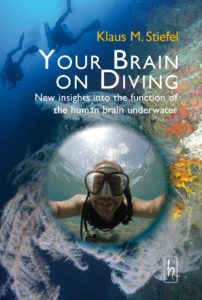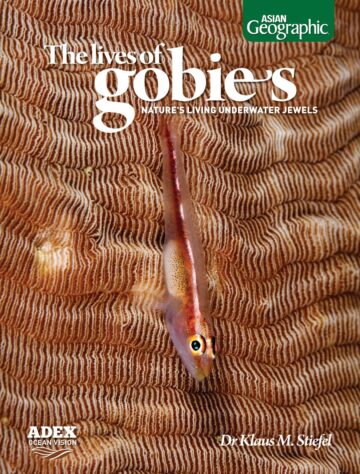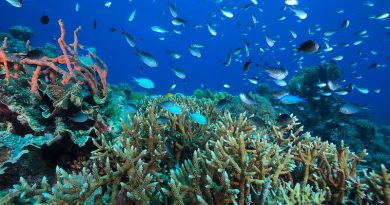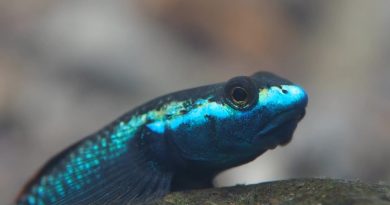Muck: The Biology of Underwater Sandy Habitats in the Tropics
Muck Diving is the art of finding rare, unusual and well-hidden critters in dive sites which don’t look very pretty at first sight.
I believe “muck” should also be used as the name for a fish and invertebrate fauna: Tropical or subtropical, in shallow waters above 30 meters, but often concentrated in the shallowest 10 meters, with animals harboring exquisite evolutionary specializations for surviving and thriving in sand. These specializations include camouflage, toxic or venomous nature, the ability to dive into the sand, or a symbiosis tailored to the sandy habitat. The absence of coral reefs’ most crucial feature from a fish’s point of view, the high rugosity of corals which creates so many hiding places for fishes, is totally absent in the lives of the muck fauna. The benthos preferred by the muck fauna is either plain sand, occasionally punctured by solitary anemones or tube anemones; or seagrass meadows, or coral rubble. Macro-algae like Halimeda as well as human artefacts like bottles or tires are significant parts of the usually sparse benthic cover in muck habitats.
This documentary brings together both my underwater videography from the last 2 ½ years, and also my thoughts on the topic of “muck” as a biologist. I am in the lucky position to live in two worlds. By this I don’t mean on land and underwater (which is also true) but in the world of scuba divers, and of academic biologists.
Evolution’s Tricks for Survival in the Muck
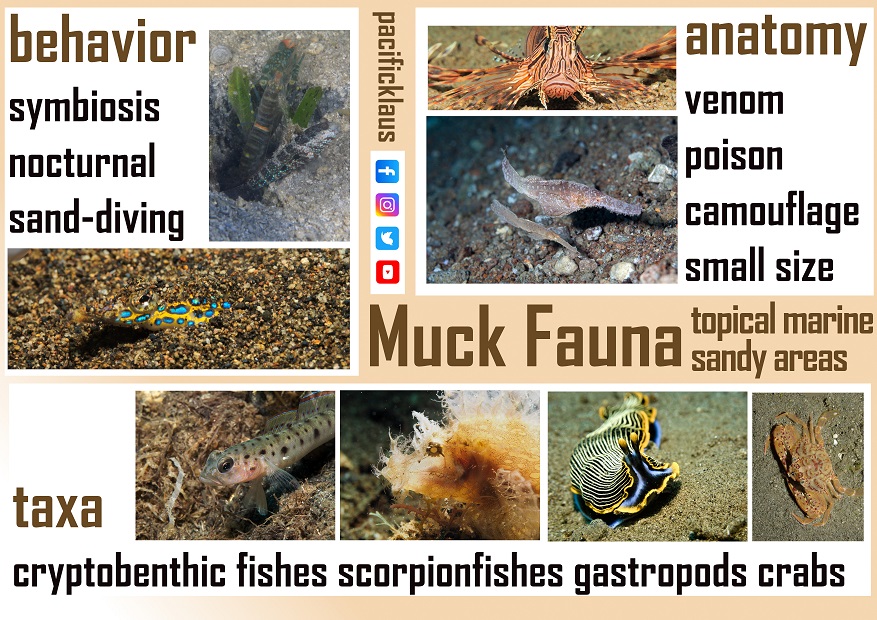
The most obvious strategy to deal with life in featureless sand is to use camouflage. Camouflage by hairiness is a special type of camouflage, pretending to be a ball of algae (= the “hair”).
Venom and poison are other strategies to persist in the muck. It’s no coincidence that scorpion- and stonefishes are well represented in the muck fauna. When there are no corals to hide behind, you can hide behind your own venomous spines.
Hiding under the sand is such an iconic muck habitat strategy that some fishes are even maned after it (the sanddivers). The utility of this strategy is demonstrated by the fact that it evolved convergently multiple times in members of the muck fauna. Sanddivers, razor wrasses, lizardfishes, garden eels, snake eels and flounders all seek cover underneath the sand in one way or another.
Several types of mutualist symbiosis also make life in the muck more safe. The well-known shrimp-goby symbiosis where two animals pool digging strength (shrimp) and a keen sense of vision (goby) performs well in muck habitats.
Predators have to counteract all the above strategies. Often they submerge in the sand and use a lie-in-wait predatory strategy. Digging trough the sand like goatfish do also works.
Finally, the Anthropocene has arrived in the muck just like it has in all other parts of the Planet’s oceans. In muck dive sites, trash often plays a role as a home for muck animals in sandy planes otherwise derived of hiding places. Bizarrely, it can locally increase biodiversity.
Watch the documentary on the Pacificklaus YouTube channel:
Concept, videography, editing and narration by Klaus M. Stiefel.
Additional narration by Glaiza Abril.
Dive buddies: Matt LaFrance, Laura Pierce, Chris Heim, Marlene Männer.
Filmed on scuba with an Olympus TG6 and a GoPro HERO7 in the Philippines.
To support my documentary filmmaking: Paypal: klaus@pacificklaus.com
My Books:
